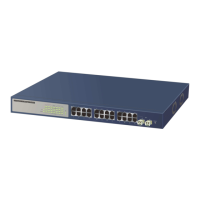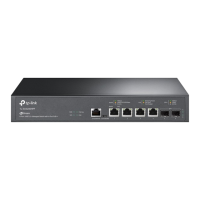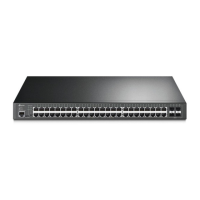0XFF at the start of the address identifies the address as being a multicast address.
Flags have 4 bits:
(1) The high-order flag is reserved, and must be initialized to 0.
(2) R: Set to 0 to indicate this IPv6 multicast address does not contain an embedded RP
address; set to 1 to indicate this IPv6 multicast address contains an embedded RP address.
When this bit is set to 1, the P and T bits must also be set to 1.
(3) P: Set to 0 to indicate this IPv6 multicast address is not based on a unicast prefix; set to 1 to
indicate this IPv6 multicast address is based on a unicast prefix. When this bit is set to 1,
the T bit must also be set to 1.
(4) T: Set to 0 to indicate that this address is an IPv6 multicast address permanently assigned
by the Internet Assigned Numbers Authority (IANA); set to 1 to indicate that this address is
a transient, or dynamically assigned IPv6 multicast address.
Scope is a 4-bit value used to limit the scope of the multicast group. The values are as follows:
Value Indication
0、3、F
reserved
1 Interface-Local scope
2 Link-Local scope
4 Admin-Local scope
5 Site-Local scope
6、7、9~D
unassigned
8 Organization-local scope
E Global scope
Table 8-2 Indications of the Scope
Group ID: 112 bits, IPv6 multicast group identifier that uniquely identifies an IPv6 multicast
group in the scope defined by the Scope field.
112

